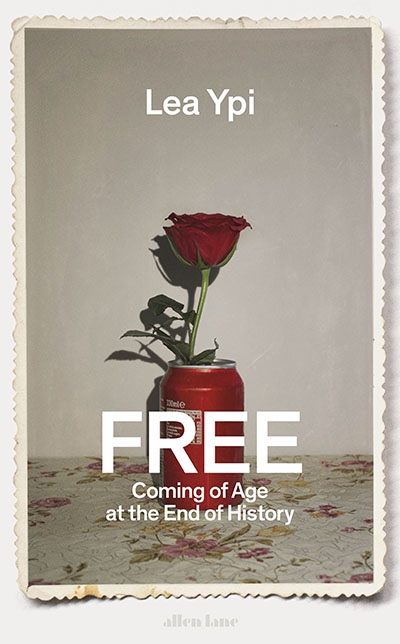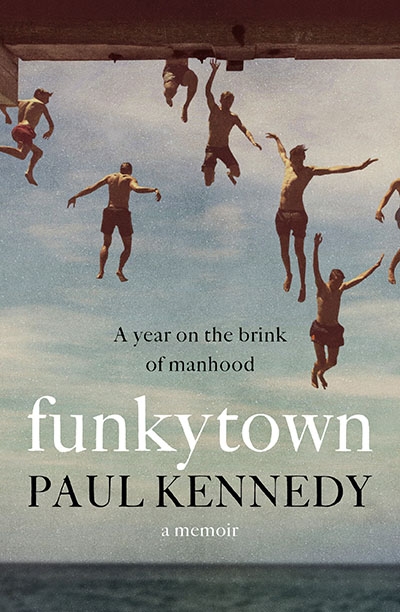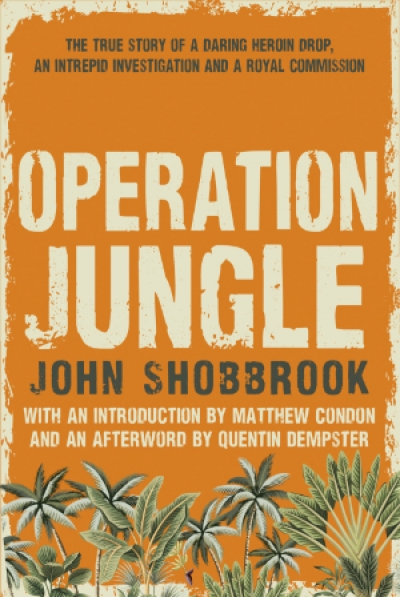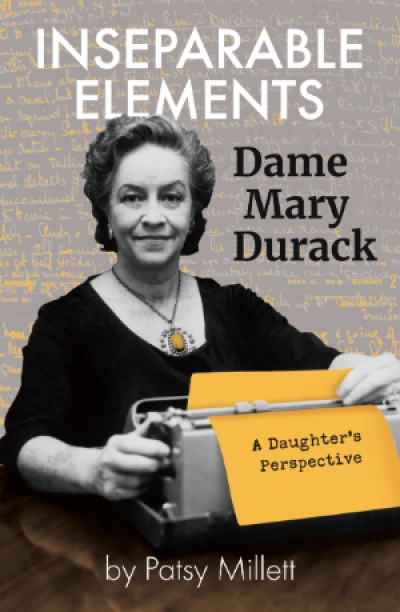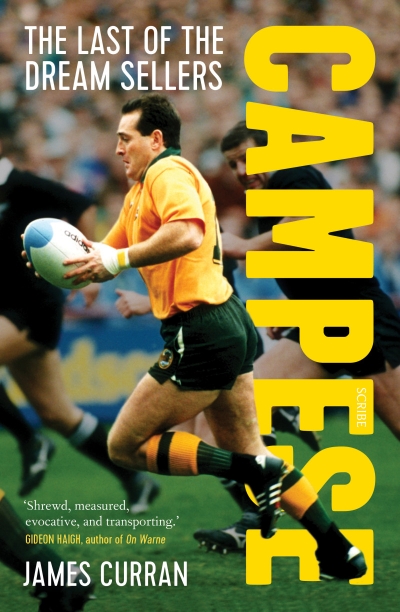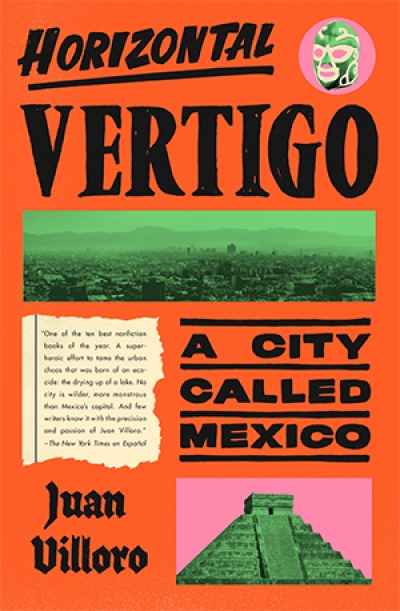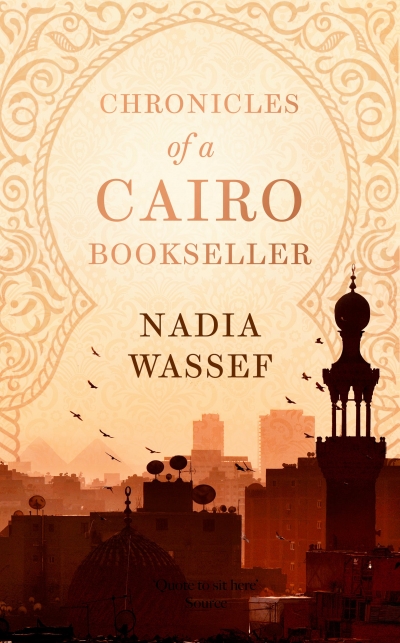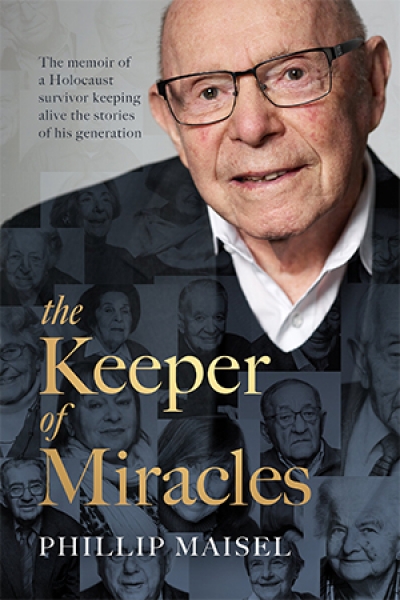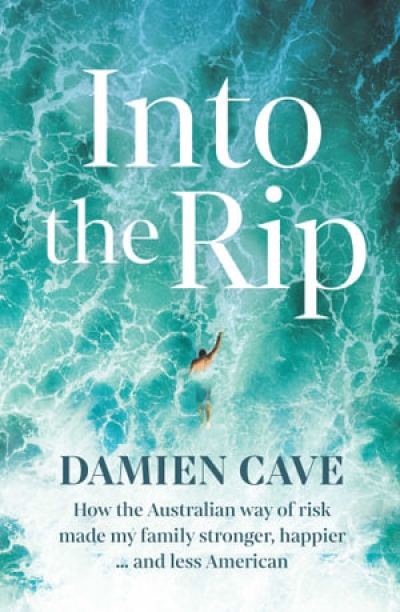Memoir
‘Freedom’ is a word that slips off the tongue easily. As the moral philosopher Alasdair MacIntyre notes in his essay ‘Freedom and Revolution’: ‘No word has been more cheapened by misuse. No word has experienced more of the tortuous redefinitions of politicians.’ In the essay, MacIntyre turns to Karl Marx to recover the idea that human beings are essentially free. With the same source of inspiration, but through a poignant and often funny memoir of coming to age in state-socialist Albania, Lea Ypi’s Free attempts the same task.
... (read more)Seasoned ABC journalist and presenter Paul Kennedy, also known as ‘PK’, has over the years cultivated an affable, equable public persona. For regular viewers of the ABC’s News Breakfast program, Kennedy is the kind of person with whom one would like to have a drink; to pore over sporting results or the tumult of living through a pandemic. It is a shock, then, to discover that Kennedy was not always this picture of fatherly composure but once an insecure, frustrated, and troubled seventeen-year-old, trapped within the confusing void between boyhood and manhood.
... (read more)True crime books sell. Few of them, however, are as well written as this book. John Shobbrook’s Operation Jungle is one of the most entertaining and gripping memoirs of law enforcement in Queensland that has been published by the University of Queensland Press. It is set during Joh Bjelke-Petersen’s controversial premiership (1968–87). Nostalgically recalling a time before the internet and mobile phones made the world a smaller place, John Shobbrook’s stories of solid detective work and police corruption are persuasive and well told.
... (read more)Inseparable Elements: Dame Mary Durack, a daughter’s perspective by Patsy Millett
Another book about a mother by a daughter, I thought when I saw this one, summoning to mind Biff Ward’s In My Mother’s Hands (2014), Kate Grenville’s One Life (2015), and Nadia Wheatley’s Her Mother’s Daughter (2018). But while each of those books presents an impressive woman cramped – sometimes tragically so – by her postwar circumstances, in this case we have a subject who was nothing short of a national treasure.
... (read more)Campese: The last of the dream sellers by James Curran
The Australian team that won the 1991 Rugby World Cup must rank as one of our most charismatic national sport teams in modern times. The side that defeated England in the final at London’s Twickenham Stadium included several players now regarded as undisputed greats of global rugby: John Eales, Tim Horan, Jason Little, Michael Lynagh, and captain Nick Farr-Jones. There were also stirring ‘underdog’ stories: players who seemed to rise from nowhere that year to play starring roles, such as fullback Marty Roebuck and wing Rob Egerton. In Tonga-born flanker Viliami Ofahengaue, there was an early hint of the changing demographic of élite rugby players in Australia.
... (read more)The title of Miriam Margolyes’s memoir, This Much Is True, strikes a declamatory note, well suited to the octogenarian actor whose greatest asset is her voice, with its diverse accents, timbres, and moods. It also proclaims that we are not going to have the wool pulled over our eyes, or to be frustrated by authorial modesty, tact, or political correctness.
... (read more)Horizontal Vertigo: A city called Mexico by Juan Villoro, translated by Alfred MacAdam
In Isaac Asimov’s Foundation series, the planet Trentor is the capital of the Galactic Empire. Seen from space, Trentor is nothing but city: there are no rivers, trees, or any other natural features, only an endless urban landscape, a metropolis that has taken over the planet. Landing in Mexico City feels like landing in Trentor: the size is overwhelming, and its apparent infinity challenges most people’s understanding of a city. Juan Villoro calls this sensation ‘horizontal vertigo’. The term is borrowed from a description of the grazing lands of the Argentine pampa, and Villoro chose it as the apt title of his chronicle of Mexico City.
... (read more)The Nile runs straight through the middle of Cairo, from south to north like a grand zip. In the middle of this citied stretch of river there is an island known colloquially by the name of the suburb that crowds it: Zamalek. Once the grounds of a summer palace, the island became a colonial stronghold in the 1880s, when an extravagant leisure club was built for British Army officers, replete with croquet lawns, a polo field, and pony stables. Now, Zamalek is a restless mix of affluence and decay: home to old money, new expatriates, and crumbling art-deco apartment blocks – the last gasp of Nasser-era rent control. Embassy gardens thrive behind concrete walls and razor wire, while national service recruits doze in the heat, chins propped on the barrels of their AK-47s. American fast-food chains rub greasy shoulders with antique stores full of French rococo and faux-Napoleonic gilt. The ponies outlasted the British Empire, and can still be booked for riding lessons, but the summer palace has been swallowed by a Marriott Hotel. And on the busiest street of this well-storied isle – where the everyday traffic is as loud as a rock concert – there is a bookshop.
... (read more)Not many people create an archive. For almost thirty years, Phillip Maisel led the testimonies project at Melbourne’s Jewish Holocaust Centre (JHC). Maisel’s memoir is his story of surviving the Holocaust and becoming ‘the keeper of miracles’.
... (read more)Into the Rip: How the Australian way of risk made my family stronger, happier … and less American by Damien Cave
In 2016, New York Times correspondent Damien Cave moved his young family to Sydney to establish a foreign bureau for the newspaper. As he writes in his new book, Into the Rip, the experience has been transformational, teaching him among other things that ‘None of us is trapped within the nation we come from or the values we picked up along the way’. Despite political and economic alliances, Australia and the United States are not clones of each other, and in many ways Australia proves ‘the healthier model’ for a society. Cave learned these life lessons, he reports, through ‘the combination of fear, nature and community spirit’.
... (read more)

